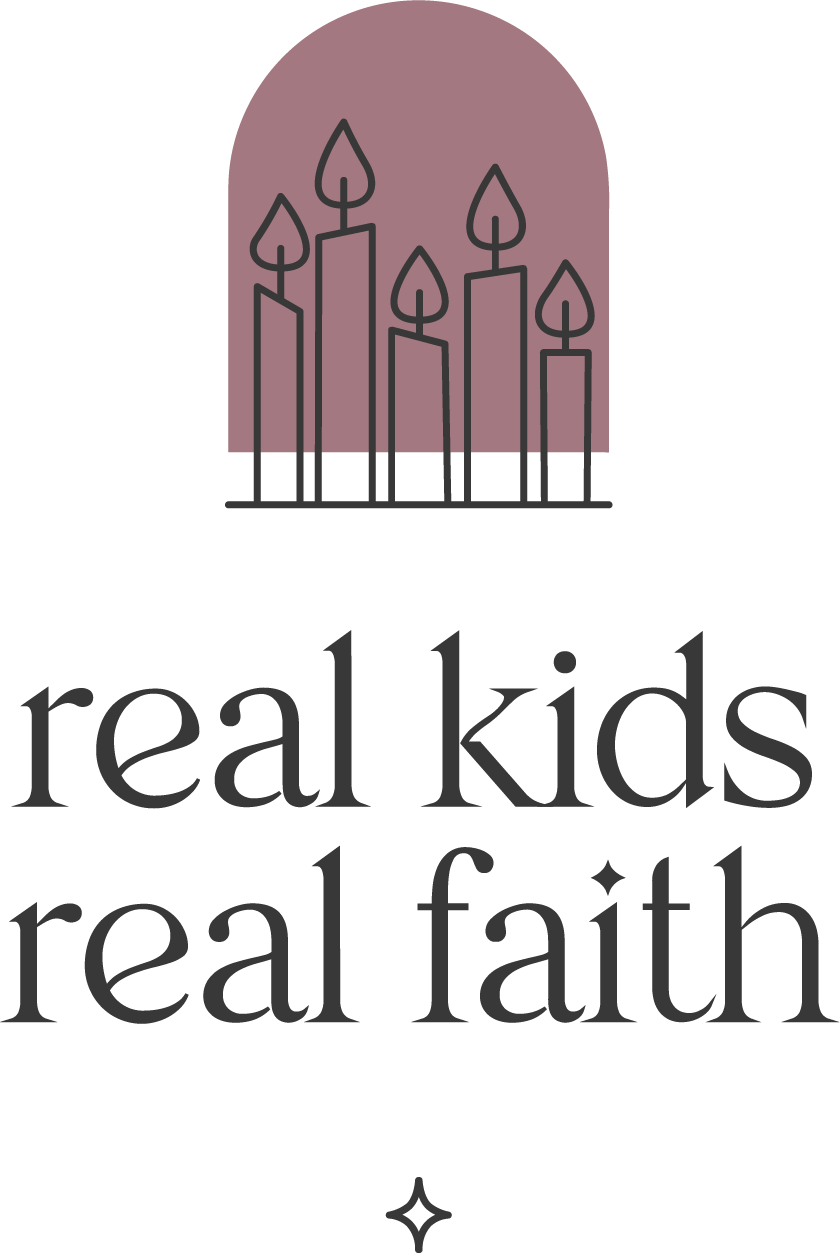When my kids were little, getting everyone out of the house on time without tears or tantrums was a daily challenge. Even as they grew older, stress about spelling tests, shifting friend groups, and performing well on the field meant emotional outbursts were common. Both I and they struggled to handle our big feelings and anxious energy.
Emotional regulation is something children begin to learn at an early age. Infants practice self-soothing by sucking on their thumb or a binky. Toddlers clutch blankets or adopt loveys to reassure themselves that all is well. And once kids become preschoolers, they have the capacity to build a whole repertoire of self-calming skills that they can use throughout life.
Experts often refer to calming practices as ways of ‘centering’ or ‘grounding’ ourselves. They are tools for managing our emotions when we feel like we are being pushed, pulled, or overwhelmed by them. By introducing children to a variety of self-calming techniques, we can help them discover which approaches are most effective for them.
Start by taking an inventory of your own calming practices. When you feel your blood pressure rising and your heart rate accelerating, how do you calm yourself? Recognizing your own calming tools is important because children often take their emotional regulation cues from the adults around them. If you have some effective tools that you already use, share them with your kids in the moment, as well as in a conversation about calming practices more generally.
Self-calming talk (self-affirmations) can be a useful approach for many kids. Help them identify a simple phrase that reminds them they are strong and capable when they feel threatened. It might be something as simple as ‘I am amazing’ or a common saying like ‘when life gives me lemons, I make lemonade’. They might even have a favorite line from a movie or show that they can say to themselves.
Breathing exercises also have a proven track record as calming tools. One of my favorites is ‘starfish breathing’ because it incorporates touch as well as breath. Children place one hand on a flat surface with their fingers splayed (like a starfish) and trace slowly around it with the pointer finger of their other hand. They breathe in as they move up their fingers and then out as they move down. Other options are snake, bunny, and candle breathing (see Related Resources).
Mindful movements provide another way to practice calm. As children slowly stretch their arms above their heads and then bring them down in an arc, their focus shifts to how they are moving rather than whatever is causing stress. Simple stretching exercises, kid-friendly yoga poses, and slow motion dancing are also effective options.
A good communal technique is ‘passing the quiet’. Cup your hands and whisper ‘I’m holding the quiet’. Ask your child (softly) if they would like a turn to hold it. If they agree, mime releasing the quiet into their cupped hands. Pass it back and forth a few times, or share it around your family circle, speaking softly and moving slowly.
Listening to soothing music or smelling essential oils are additional methods for finding one’s calm. Help children create a playlist they can access when needed. Or make dabbing their wrists with lavender oil or another favorite scent part of their morning routine.

Comments